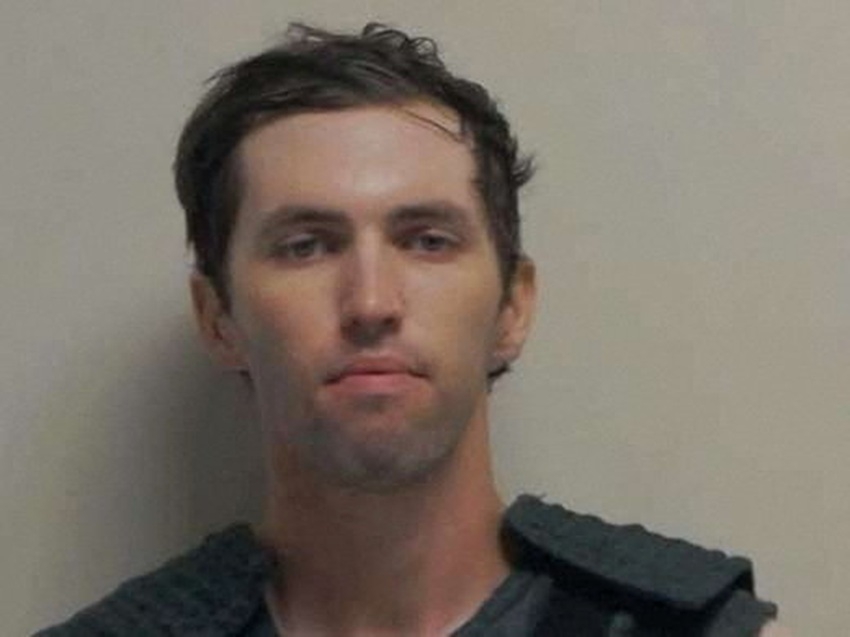After the arrest in the Charlie Kirk killing, what really happened at Lambeau Field?
When a headline blares that “Lambeau Field erupted” after 22-year-old Tyler Robinson was taken into custody for the killing of conservative activist Charlie Kirk, it’s designed to grab you by the collar. But did that scene actually happen the way some viral posts imply? Short answer: the arrest is real, the Lambeau pre-game observance is real, and the “eruption” claim is not supported by credible reporting. Here’s the complete picture.
The case: where things stand
On September 10, 2025, Charlie Kirk was shot and killed during an outdoor event at Utah Valley University. Days later, authorities announced the arrest of Tyler Robinson, 22, who has since been formally charged, including with aggravated murder; prosecutors in Utah have indicated they intend to seek the death penalty. Robinson surrendered and is being held as legal proceedings begin to spool up: initial appearance, charging documents, then the pre-trial calendar that typically includes probable cause hearings and motions (e.g., suppression, change of venue). Multiple major outlets have detailed the timeline from the shooting to Robinson’s surrender and charging. CBS News+2ABC News+2
On September 21, a memorial service for Kirk at State Farm Stadium in Glendale, Arizona drew tens of thousands, with tributes from President Donald Trump, Vice President JD Vance, and other Republican officials. Kirk’s widow, Erika Kirk, publicly forgave the accused in remarks that blended faith and resolve—one of the day’s most quoted moments. Coverage from major U.S. and international outlets corroborates the scale and tone of the event.

What happened at Lambeau Field
So where did “Lambeau erupted” come from?

Why the wording matters
Words like “erupted” conjure a celebratory outburst. That’s a different claim than “the stadium held a moment of silence.” One is an emotional characterization that implies a specific cause (the arrest); the other is a simple, verifiable occurrence (a PA announcement, heads bowed). In newsroom terms, the first requires on-the-record sources and corroboration; the second is documented by audio, video, and multiple reports. The reputable coverage points to the latter. jsonline.com
Media literacy in a high-heat news cycle
When a politically charged killing intersects with the NFL, the social-media incentive structure goes into overdrive. A few ways to protect yourself from narrative whiplash:
The legal road ahead for Tyler Robinson

The NFL’s posture—and why teams differed
The league’s stance was pragmatic: no universal directive for Sunday; let clubs decide if and how to recognize Kirk. That’s consistent with how the NFL has sometimes handled non-player tragedies—balancing national attention with local discretion, and with an eye on avoiding viewpoint adjudication at midfield. The result: patchwork observances—moments in some stadiums, none in others—fueling debate about consistency and values, which in turn fed another wave of contentious posts. Sports Business Journal+1
The memorial’s political temperature
If the Lambeau moment was subdued, the Glendale memorial was the opposite: immense, overtly political, and intensely emotional. Speeches cast Kirk as a “martyr,” promised to continue his movement, and showcased the fusion of worship service and campaign-style rally. Erika Kirk’s forgiveness was the day’s moral fulcrum, repeated across coverage; President Trump’s remarks sharpened partisan edges. The net effect: grief and mobilization braided together—a portrait captured by AP, the Washington Post, ABC News, and others. AP News+2The Washington Post+2
What we can say—confidently—about Lambeau
Why precision matters now
In a country already straining under political polarization, every miscaptioned clip or overheated caption becomes kindling. The stakes around this story are real: a life taken, a suspect facing capital charges, and a grieving family that—publicly—has chosen forgiveness over vengeance. Getting the Lambeau detail right is not pedantry; it’s respect for events as they occurred, and a small stand against the mistrust spiral that follows sensational misreports. The Guardian



